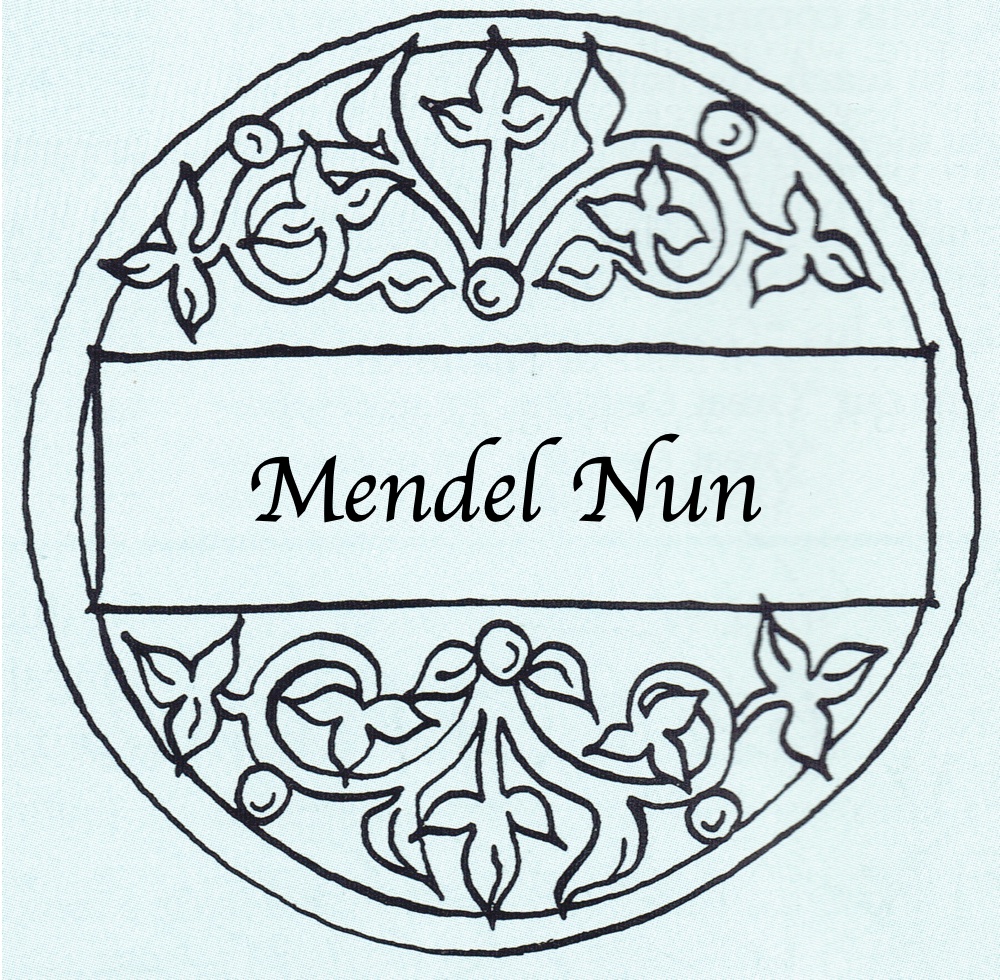
The dragnet or seine is the oldest type of fishing net, and its use was once the most important fishing method on the Sea of Galilee. In the Hebrew Scriptures and the Talmud it is called חֵרֶם (ḥērem), and in Greek σαγήνη (sagēnē), from which the word “seine” is derived. Sources such as Egyptian tomb paintings dating from the third millennium B.C.E. suggest that this fishing method was widely used in ancient times throughout the countries of the East.
The seine is a 250 to 300-meter-long piece of netting three to four meters high at its wings and eight meters high at the center. The foot rope is weighted with sinkers, and the head rope has cork floats. The net is spread a hundred meters or more from the shore and parallel to it, and hauled in by a team of as many as sixteen men with towing lines attached to each end. Once the hauling begins, the motion must be continuous. As long as the net is advancing, the fish face the net trying to escape rather than swimming away from it. However, if the pulling motion were even briefly stopped before the net reached the shore, the fish would escape.
Personal Experiences
The seine was used in the Sea of Galilee until the 1950s, and my experiences in the early days of modern Jewish fishing on the Sea of Galilee have given me some practical insight into its use.
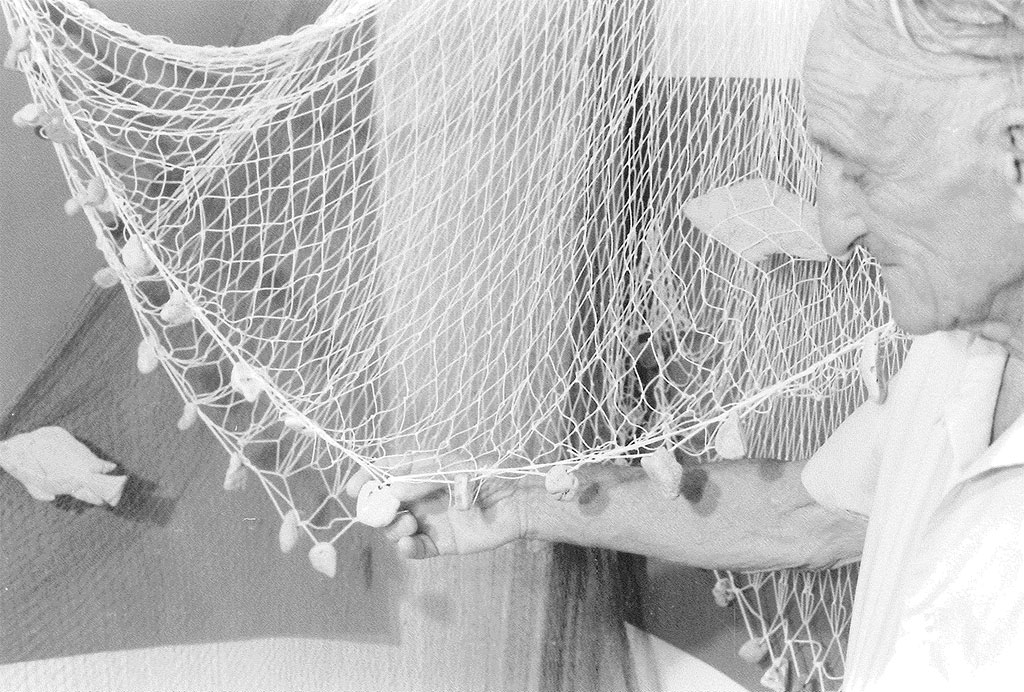
Mendel Nun shows the weights found along the shore as they would have been attached to the fishing nets.
In the early morning our crew would assemble to arrange the heavy net on the stern of the boat, and hurriedly sail off to “catch” a good fishing area. Half the crew would be put ashore with the first towing line, and the boat would sail out until it reached the end of this line, turn and sail parallel to the shore until the net was spread. The boat then returned to shore with the remaining half of the crew who would alight and take the end of the second towing line, leaving the boat on the shore.
Next the two teams harnessed themselves to the towing lines and pulled the net toward the shore, moving towards each other as they pulled. The sinkers had dragged the foot rope to the bottom, and the net had formed a semicircular wall that advanced to the shore with its lower edge at the bottom of the lake. The fish do not swim over the net even when its top is well below the surface of the water. They dive to the bottom in their attempt to escape to deeper water.
The whole operation would take an hour or more, after which the fish that had been caught were sorted, the net rearranged in the stern of the boat, and the work begun again at another location. This would be repeated as often as eight times during a day’s fishing. In the 1940s a fishing crew using a seine could catch 200-300 kilograms of fish in each drag, as much as two and a half tons in a day.
In summer, the catch would be placed in a perforated wooden box that was trailed behind the boat to keep the fish alive. Because of the weight of the net and the relatively large crew, fishing with a seine required a large boat—usually about eight meters long and two and a half meters wide. Interestingly, these are the dimensions of the ancient boat from the time of Jesus that was discovered in the mud of the lake in 1986, near Magdala.
The seine is mentioned nine times in the Hebrew Scriptures, more often than any other fishing method. In Habakkuk 1:14-15 we find a reference to seine fishing that is generally translated inaccurately. Correctly translated the passage should read:
You have made the righteous like fish in the sea, like sea creatures that have no ruler. He [the evildoer] has caught them all with a hook, hauled them up in his seine, gathered them in his trapnet. That is why he rejoices and is glad.
The prophet Ezekiel refers three times to a “place to spread seines” (Ezek. 26:5; 26:14; 47:10). Seines laid out on the ground to dry were a recurring picture in fishing villages. The Jerusalem Talmud calls the fishermen of Tiberias חָרָמֵי טְבֶרְיָה (harame teveryah, the “seine men” of Tiberias), after their main piece of equipment (j. Pesahim 30d).
An ancient tradition preserved in rabbinic literature (Babylonian Talmud, Bava Kamma 81b; Tosefta, Bava Kamma 8:18) mentions the exclusive fishing rights given by Joshua to the tribe of Naphtali, entitling them to “set seines” along the Sea of Galilee’s entire shoreline. To enable them to exercise this right, a strip of land at the southern tip of the lake belonging to the tribe of Gad was added to the lot of Naphtali.
Parable of the Seine
In the New Testament, the seine is once called by its Greek name σαγήνη (sagene). Jesus used it allegorically to describe the kingdom of Heaven:
The kingdom of Heaven is like a seine that was spread in the lake and caught all kinds of fish. When it was full, the fishermen pulled it up on the shore and sat down and sorted the good fish into baskets, but threw the bad away. (Matt. 13:47-48)
This closely fits the manner in which the seine is used. It is spread out in the water and pulled to the shore, catching all kinds of fish that the fishermen later sort on the shore. The “bad” ones refer to the scaleless catfish, forbidden in Scripture and therefore not even offered for sale.
There is only one part of this description in Matthew that is not applicable to the seine. The words “when it was full” suggest a period of waiting for the net to fill and that the net was hauled in only after it was completely full of fish.
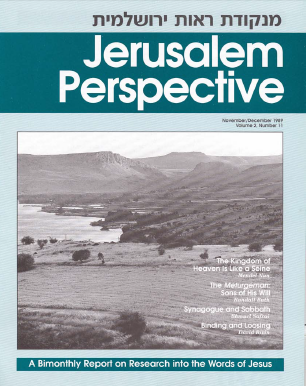

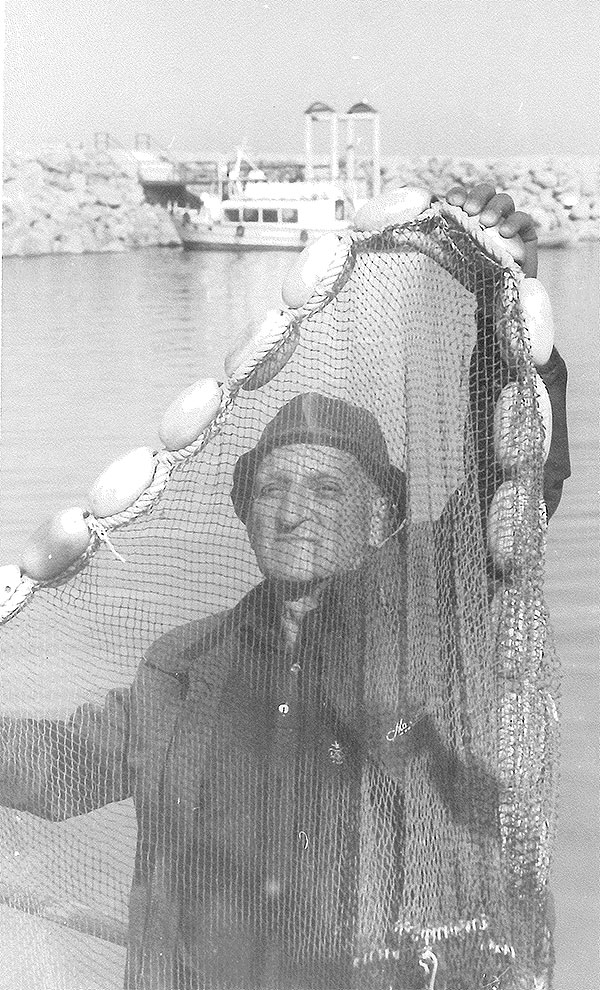
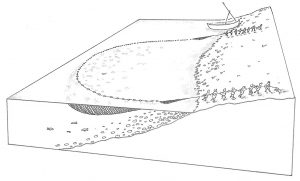
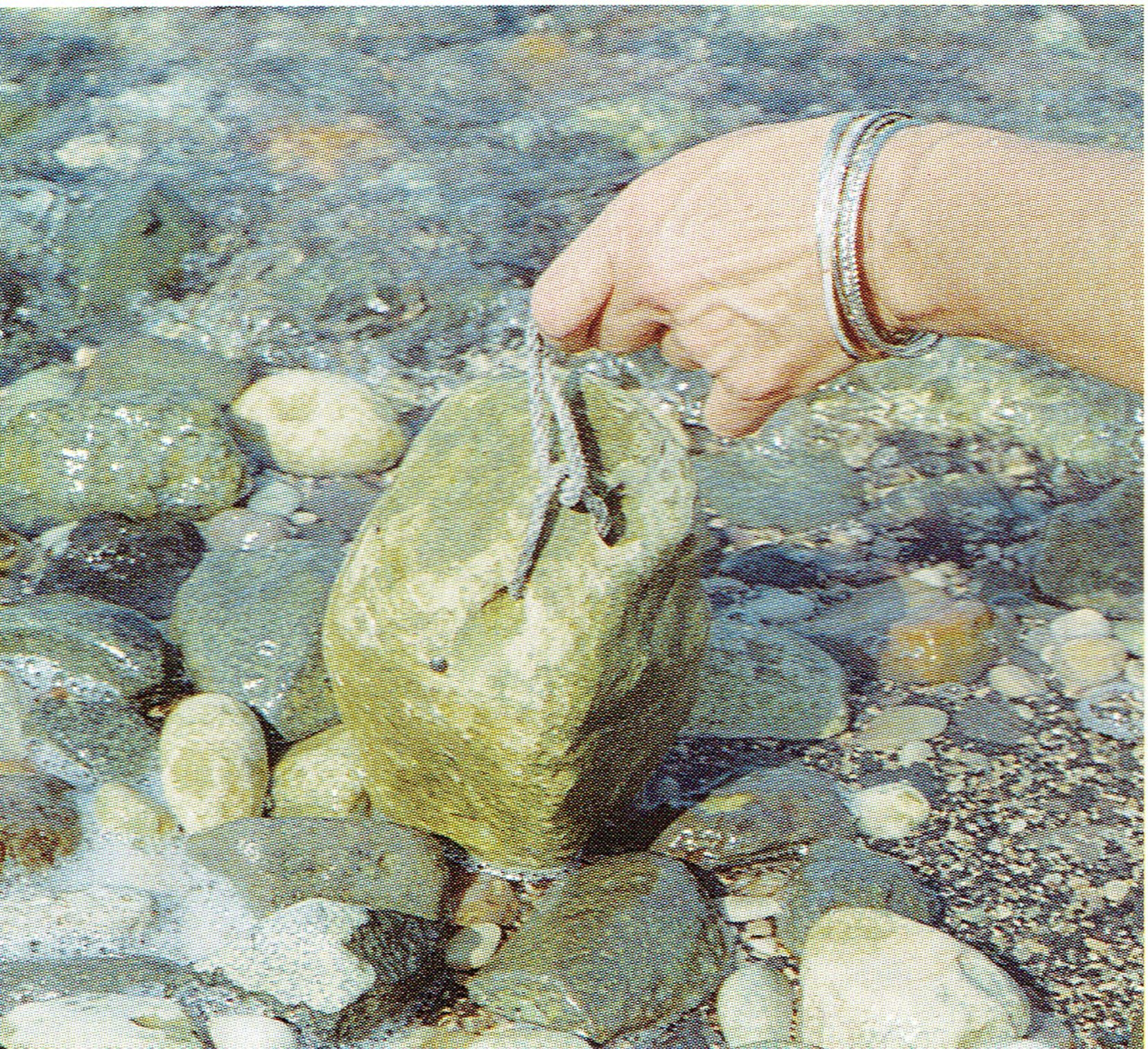
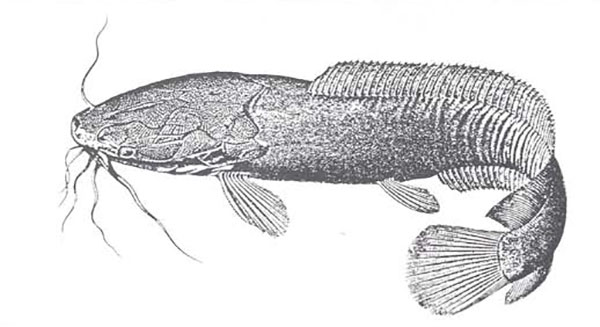
![Mendel Nun [1918-2010]](https://www.jerusalemperspective.com/wp-content/uploads/userphoto/18.jpg)




























































































